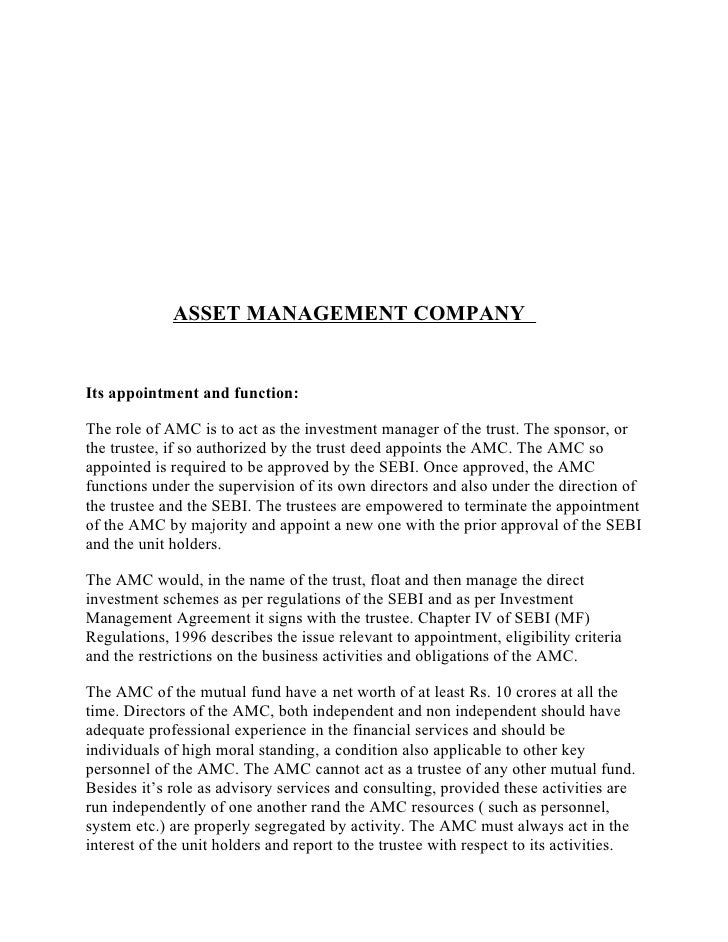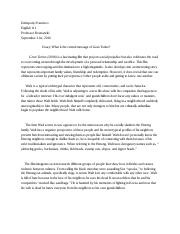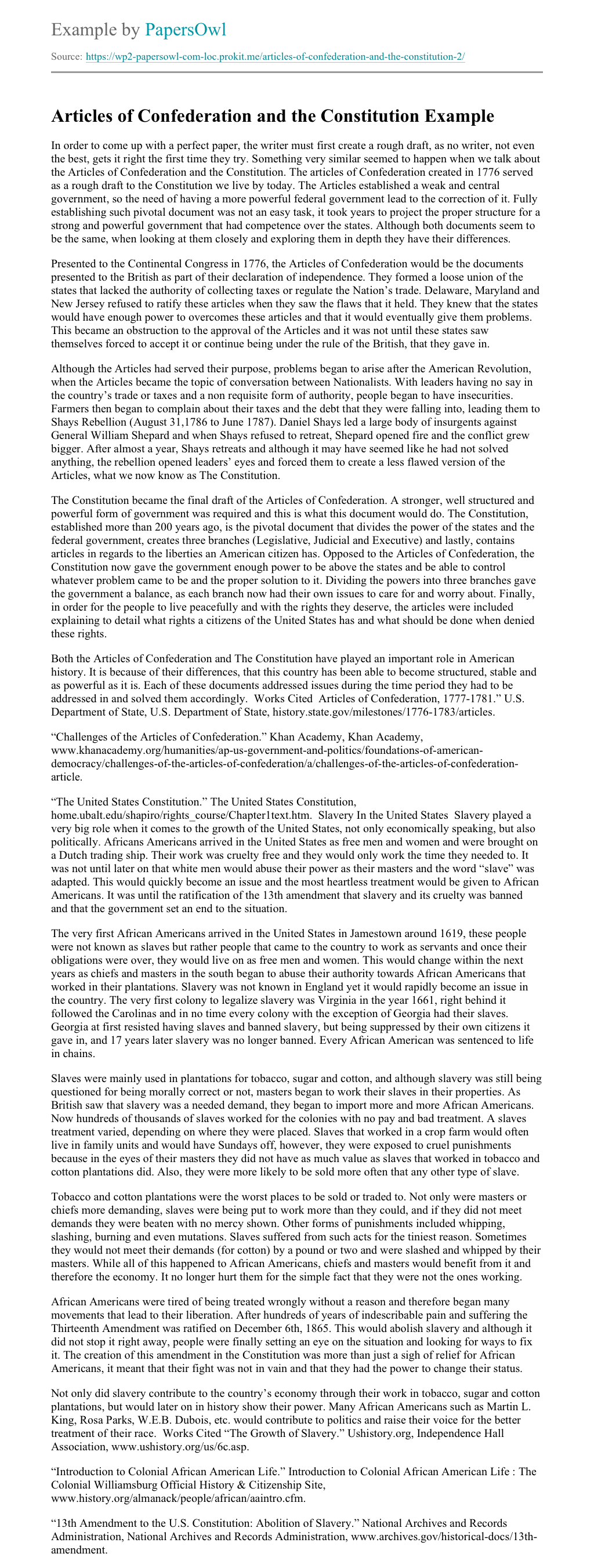
Jun 02, · The reason why Gran Torino approach AM to give a offer to Deku is to teach him Full Cowl. In this fic he had no reason to do so since He already has Full Cowl thanks to Casanova. Mirko is the next best step for his Character development since it would mean his Shoot style develop earlier than in Canon with Air Force soon enough Il federalismo indica la condizione di un insieme di entità autonome, legate però tra loro dal vincolo di un patto (in latino, appunto, foedus, "patto, alleanza").. L'accezione comune del termine appartiene all'ambito politico: il federalismo è la dottrina che appoggia e favorisce un processo di unione tra diversi Stati (a volte denominati anche soggetti federali, Länder, commonwealth The Shroud of Turin, also known as the Holy Shroud (Italian: Sindone di Torino, Sacra Sindone [ˈsaːkra ˈsindone] or Santa Sindone), is a length of linen cloth bearing the negative image of a man. Some claim the image depicts Jesus of Nazareth and the fabric is the burial shroud in which he was wrapped after crucifixion.. First mentioned in , the shroud was denounced in by the local
John Wayne Store
Recently, scholars have distinguished between different kinds of diaspora, based gran torino essay its causes such as colonialismtrade gran torino essay labor migrations, or by the kind of social coherence within the diaspora community and its ties to the ancestral lands. Some diaspora communities maintain strong political ties with their homeland.
Other qualities that may be typical of many diasporas are thoughts of return, keeping ties back home country of origin relationships with other communities in the diaspora, and lack of full integration into the host countries. Diasporas often maintain ties gran torino essay the country of their historical affiliation and influence the policies of the country where they are located, gran torino essay.
In gran torino essay, according to the United Nations with The term is derived from the Greek verb διασπείρω diaspeirō"I scatter", "I spread about" which in turn is composed of διά dia"between, through, across" and the verb σπείρω speirō"I sow, I scatter". In Ancient Greece the term διασπορά diaspora hence meant "scattering" [21] and was inter alia used to refer to citizens of a dominant city-state who emigrated to a conquered land with the purpose of colonizationto assimilate the territory into the empire.
Its use began to develop from this original sense when the Hebrew Bible gran torino essay translated into Greek; [23] the first mention of a diaspora created as a result of exile is found in the Septuagintgran torino essay, first in. So after the Bible's translation into Greek, the word diaspora would then have been used to refer to the Northern Kingdom exiled between and BC from Israel by the Gran torino essay, [24] as well as Jews, Benjaminites, and Levites exiled from the Southern Kingdom in BC by the Babyloniansand from Roman Judea in 70 AD by the Roman Empire.
According to the Oxford English Dictionary Onlinethe first known recorded usage of the word diaspora in the English language was in referring "extensive diaspora work as it is termed of evangelizing among the National Protestant Gran torino essay on the continent".
In English, capitalized, and without modifiers that is simply, the Diasporathe term refers specifically to the Jewish diaspora in the context of Judaism. In all cases, the term diaspora carries a sense of displacement. The population so described finds itself for whatever reason separated from its national territory, and usually, gran torino essay, its people have a hope, or at least a desire, to return to their homeland at some point if the "homeland" still exists in any meaningful sense.
Some writers [ who? In this sense, individuals may have multiple homes throughout their diaspora, with different reasons for maintaining some form of attachment gran torino essay each. Diasporic cultural development often assumes a different course from that gran torino essay the population in the original place of settlement.
Over time, gran torino essay separated communities tend to vary in culture, traditions, language, and other factors, gran torino essay. The last vestiges of cultural affiliation in a diaspora is often found in community resistance to language change and in the maintenance of traditional religious practice. William Safran in an article published in[30] set out gran torino essay rules to distinguish diasporas from migrant communities.
These included criteria that the group maintains a myth or collective memory of their homeland; they regard their ancestral homeland as their true home, to which they will eventually return; being committed to the restoration or maintenance of that homeland, and they relate "personally or vicariously" to the homeland to a point where it shapes their identity.
Rogers Brubaker also notes that the use of the term diaspora has been widening. He suggests that one element of gran torino essay expansion in use "involves the application of the term diaspora to an ever-broadening set of cases: essentially to any and every nameable population category that is to some extent dispersed in space". The majority of works in the s were also about the Jewish diaspora, but in only two out of 20 books sampled out of a total of were about the Jewish case, with a total of eight different diasporas covered.
Most early discussions of the diaspora were firmly rooted in a conceptual 'homeland'; they were concerned with a paradigmatic case, or a small number of core cases. The paradigmatic case was, of course, the Jewish diaspora; some dictionary definitions of diaspora, until recently, did not simply gran torino essay but defined the word with reference to that case.
Brubaker argues that the initial expansion of the use of the phrase extended it to other, similar cases, such as the Armenian and Greek diasporas. More recently, it has been applied to emigrant groups that continue their involvement in their homeland from overseas, gran torino essay, such as the category of long-distance nationalists identified by Benedict Anderson. Brubaker notes that as examples : Albanians, Basques, Hindu Indians, Irish, Japanese, Kashmiri, Koreans, Kurds, Palestinians, and Tamils have been conceptualized as diasporas in this sense.
Furthermore, "labor migrants who maintain to some degree emotional and social ties with a homeland" have also been described as diasporas. In further cases of the use of the term, "the reference to the conceptual homeland — to the 'classical' diasporas — has become more attenuated still, to the point of being lost altogether".
Here, Brubaker cites "transethnic and transborder linguistic categories such as FrancophoneAnglophone and Lusophone 'communities'", along with Hindu, Sikh, Buddhist, Confucian, Huguenot, Muslim and Catholic 'diasporas'. Some observers have labeled evacuation from New Orleans and the Gulf Coast in the wake of Hurricane Katrina the New Orleans diasporasince a significant number of evacuees have not been able to return, yet maintain aspirations to do so.
Gran torino essay communities of individuals no longer in their homeland can also be considered diaspora. For example, science diasporas are communities of scientists who conduct their research away from their homeland. While gran torino essay diaspora seems to avoid or contradict connotations of violence, coercion, and unnatural uprooting historically associated with the notion of diaspora, its scholarly use may heuristically describe the ways in which corporations function alongside diasporas.
In this way, corporate diaspora might foreground the racial histories of diasporic formations without losing sight of the cultural logic of late capitalism in which corporations orchestrate the transnational circulation of people, images, ideologies and capital.
Currently, migrant [ vague ] Africans can only enter thirteen African countries without advanced visas. In pursuing a unified future, the African Union AU will [ when? The largest Asian diaspora, and in the world, is the Indian diaspora. The overseas Indian community, gran torino essay, estimated at over It constitutes a diverse, heterogeneous and eclectic global community representing different regions, languages, cultures, and faiths see Desi.
The earliest known Asian diaspora of note is the Jewish diaspora. With roots in the Babylonian Captivity and later migration under Hellenismthe majority of the diaspora can be attributed to the Roman conquest, expulsion, and enslavement of the Jewish population of Judea[49] whose descendants became the Ashkenazim gran torino essay, Sephardimand Mizrahim of today, [50] [51] roughly numbering 15 million of which 8 million still live in the diaspora, [52] though the number was much higher before Zionist immigration to what is now Israel and the murder of 6 million Jews in the Holocaust.
Chinese emigration also known as the Chinese Diaspora; see also Overseas Chinese [53] first occurred thousands of years ago. The mass emigration that occurred from the 19th century to was caused mainly by wars and starvation in mainland Chinaas well as political corruption. Most migrants were illiterate or poorly educated peasants, gran torino essay, called by the now-recognized racial slur coolies Chinese: 苦力, gran torino essay, literally "hard labor"who migrated to developing countries in need of labor, such as the AmericasAustraliaSouth AfricaSoutheast AsiaMalaya and other places.
At least three waves of Nepalese diaspora can be identified. The earliest wave dates back to hundreds of years as early marriage and high birthrates propelled Hindu settlement eastward across Nepal, then into Sikkim and Bhutan. A backlash developed in the s as Bhutan's political elites realized that Bhutanese Buddhists were at risk of becoming a minority in their own country. At least 60, ethnic Nepalese from Bhutan have been resettled in the United States.
The third wave began in the s as land shortages intensified and the pool of educated labor greatly exceeded job openings in Nepal. Job-related emigration created Nepalese enclaves in India, the wealthier countries of the Middle East, Europe, and North America. Current estimates of the number of Nepalese living outside Nepal range well up into the millions.
In Siamregional power struggles among several kingdoms in the region led to a large diaspora of ethnic Lao between the s—s by Siamese rulers to settle large areas of the Siamese kingdom's northeast region, where Lao ethnicity is still a major factor in During this period, Siam decimated the Lao capital, capturing, torturing, and killing the Lao king Anuwongse.
European history contains numerous diaspora-like events. In ancient times, the trading and colonising activities of the Greek tribes from gran torino essay Balkans and Asia Minor spread people of Greek culture, religion and language around the Mediterranean and Black Sea basins, establishing Greek city-states in Magna Graecia Sicilysouthern Italynorthern Libyaeastern Spainthe south of Franceand the Black Sea coasts. Greeks founded more than colonies, gran torino essay.
Alexander the Great 's the conquest of the Achaemenid Empire marked the beginning of the Hellenistic periodgran torino essay, characterized by a new wave of Greek colonization in Asia and Africawith Greek ruling-classes established in Egyptsouthwest Asia and northwest India. The Migration-Period relocations, which included several phases, are just one set of many in history, gran torino essay.
The first phase Migration-Period displacement between CE and included relocation of the Goths Ostrogoths and VisigothsVandalsFranksvarious other Germanic peoples Burgundiansgran torino essay, LombardsAnglesgran torino essay, SaxonsJutesSuebiAlemanniVarangians and NormansAlans and numerous Slavic tribes.
The second phase, between CE andsaw SlavicTurkicand other tribes on the move, gran torino essay, resettling in Eastern Europe and gradually leaving it predominantly Slavic, and affecting Anatolia and gran torino essay Caucasus as the first Turkic tribes AvarsHunsKhazarsPechenegsgran torino essay, as well as Bulgarsand possibly Magyars arrived. The last phase of the migrations saw the coming of the Hungarian Magyars.
The Gran torino essay expansion out of Scandinavia into southern and eastern Europe, Iceland and Greenland. The recent application of the word "diaspora" to the Viking lexicon highlights their cultural profile distinct from their predatory reputation in the regions they settled, especially in the North Atlantic. Such colonizing migrations cannot be considered indefinitely as diasporas; over very long periods, eventually, the migrants assimilate into the settled gran torino essay so completely that it becomes their new mental homeland.
Thus the modern Magyars of Hungary do not feel that they belong in the Western Siberia that the Hungarian Magyars left 12 centuries ago; and the English descendants of the AnglesSaxons and Jutes do not yearn to reoccupy the plains of Northwest Germany. In a Spanish-financed gran torino essay headed by Christopher Columbus arrived in the Americasafter which Gran torino essay exploration and colonization rapidly expanded. Historian James Axtell estimates thatpeople left Europe for the Americas in the 16th century.
In the 19th century alone over 50 million Europeans migrated to North and South America. A specific 19th-century example is the Irish diasporagran torino essay, beginning in the midth century and brought about by An Gorta Mór or "the Great Hunger" of the Irish Famine.
The size of the Irish diaspora is demonstrated by the number of people around the world who claim Irish ancestry; some sources put the figure at 80 to million. The Scottish Diaspora includes large populations of Highlanders moving to the United States and Canada after the Highland Clearances ; as well as the Lowlanders, becoming the Ulster Scots in Ireland and the Scotch-Irish in America.
In the United States of America, approximately 4, gran torino essay. In the People's Republic of Chinamillions of migrant workers have sought greater opportunity in the country's booming coastal metropolises, [ when?
Much of Siberia 's population has its origins in internal migration — voluntary or otherwise — from European Russia since the 16th century. The twentieth century saw huge population movements. Some involved large-scale transfers of people by government action. Some migrations occurred to avoid conflict and warfare. Other diasporas formed as a consequence of political developments, such as the end of colonialism, gran torino essay. As World War II unfolded, gran torino essay, Nazi German authorities deported and killed millions of Jews; they also enslaved or murdered millions of other people, including Ukrainiansgran torino essay, Russians and other Slavs.
Some Jews fled from persecution to unoccupied parts of western Europe or to the Americas before borders closed. Later, other eastern European refugees moved west, away from Soviet expansion [69] and from the Iron Curtain regimes established as World War II ended.
Hundreds of thousands of these anti-Soviet political refugees and displaced persons ended up in western Europe, Australia, gran torino essay, Canada, and the United States of America. After World War II, the Soviet Union and Communist -controlled PolandCzechoslovakiaHungary and Yugoslavia expelled millions of ethnic Germansmost them descendants of immigrants who had settled in those areas centuries previously. This was allegedly in reaction to German Nazi invasions and to pan-German attempts at annexation.
Spain sent many political activists into gran torino essay during the rule of Franco 's military regime from to his death in The — Palestine war likewise saw at leastPalestinians expelled or forced to flee from the newly forming Israel. The Partition in the Indian subcontinent resulted in the migration of millions of people between IndiaPakistan and present-day Bangladesh. Many were murdered in the religious violence of the period, with estimates of fatalities up to 2 million people, gran torino essay.
From the late 19th century, and formally fromJapan made Korea a Japanese colony. During and after the Cold War -era, huge populations of refugees migrated from conflict, especially from then- developing countries. Upheaval in the Middle East and Central Asia, some of which related to power struggles between the United States and gran torino essay Soviet Gran torino essayproduced new refugee populations that developed into global diasporas.
In Southeast Asiamany Vietnamese people emigrated to France and later millions to the United States, Australia and Canada after the Cold War-related Vietnam War of — Later, 30, French colons from Cambodia were displaced after being expelled by the Khmer Rouge regime under Pol Pot.
In Southwest Chinamany Tibetan people emigrated to India, following the 14th Dalai Lama after the failure of his Tibetan uprising. This wave lasted until the s, and another wave followed when Tibet opened up to trade and tourism in the s. It is estimated [ by whom?
GRAN TORINO - How Clint Eastwood Portrays Peace (Film Analysis)
, time: 8:27My Hero School Adventure is All Wrong, As Expected (BNHA x OreGairu) | Page | SpaceBattles

Jul 27, · Things to do in Chicago, including free things to do, family events, concerts, theater, festivals, places to eat and drink Document at: Template below: (1) Abraham Lincoln I the 16th President of the US. I freed the slaves. (2) Albert Einstein I was a physicist I am famous for the formula E=mc2. (3) Aristotle I was an A diaspora (/ d aɪ ˈ æ s p ə r ə / dye-AS-pər-ə) is a scattered population whose origin lies in a separate geographic locale. Historically, the word diaspora was used [clarification needed] to refer to the mass dispersion of a population from its indigenous territories, specifically the dispersion of Jews. Whilst the word was originally used to describe the forced displacement of

No comments:
Post a Comment